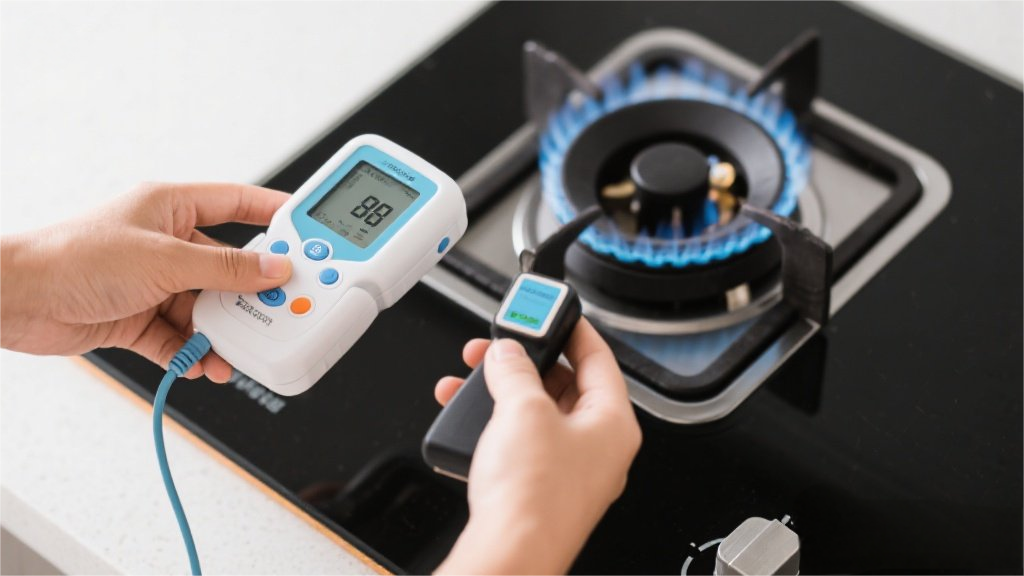If you're tossing and turning at night, reaching for melatonin might seem like the easiest fix. But before you pop that gummy or pill, let's break down how long it actually takes for melatonin to kick in—because timing is everything when it comes to sleep supplements. Generally, melatonin takes about 30 minutes to an hour to start working, but factors like dosage, your body’s natural rhythms, and even what you ate for dinner can influence that window. Here’s the lowdown on maximizing its effectiveness without turning your sleep schedule into a science experiment.
The Science Behind Melatonin’s Timeline
Melatonin isn’t a knockout pill like some prescription sleep aids—it’s a hormone your body already produces in response to darkness. When you take it as a supplement, you’re essentially giving your brain a nudge toward sleepiness. Research shows oral melatonin peaks in your bloodstream within 60 minutes, but the "feel it" moment varies. A 2017 study in the Journal of Sleep Research found that participants who took fast-dissolve tablets felt drowsy within 20 minutes, while standard pills took closer to 45. The form you choose (gummy, capsule, liquid) and whether you take it on an empty stomach can speed up or slow down the process. Pro tip: Avoid high-fat meals before dosing—they can delay absorption by up to an hour.
Dosage Drama: More Isn’t Always Better
Here’s where people go wrong: assuming a higher dose means faster results. The truth? Most adults only need 0.5–5 mg, and exceeding that can backfire. “Taking too much melatonin can cause next-day grogginess or even disrupt your sleep cycle further,” says Dr. Rebecca Robbins, a sleep scientist at Harvard Medical School. Start with the lowest effective dose (think 1–2 mg) 30–60 minutes before bed. If you’re new to melatonin, try cutting tablets in half to test your tolerance. And don’t be fooled by mega-dose products—those 10 mg gummies might leave you feeling like a zombie at your 8 AM meeting.
The Circadian Rhythm Factor
Your internal clock plays a bigger role than you might think. If you’re a night owl trying to fall asleep at 10 PM, melatonin might take longer to work because your body isn’t primed for sleep yet. For shift workers or jet-lagged travelers, experts recommend taking melatonin 2–3 hours before your desired bedtime to gradually reset your rhythm. Consistency is key—using it sporadically confuses your brain’s sleep signals. One hack: Pair melatonin with dim lighting and no screens for a stronger “time for bed” cue.
When to Bail on the Bottle
If melatonin isn’t working after a week of proper use, it’s time to reassess. “Persistent insomnia often stems from anxiety, caffeine habits, or an underlying health issue,” notes Dr. Singh. Chronic use (beyond 3 months) can dull your body’s natural melatonin production, creating dependency. Red flags include daytime fatigue, vivid nightmares, or needing higher doses for the same effect. Instead of upping your intake, explore cognitive behavioral therapy for insomnia (CBT-I), which addresses sleep triggers without supplements.
Melatonin can be a game-changer when used strategically, but it’s not a magic bullet. Think of it as a temporary co-pilot while you troubleshoot your sleep hygiene—not a forever crutch. Stick to low doses, time it right, and if your sleepless nights persist, ditch the guesswork for a professional sleep eval. After all, the goal isn’t just to fall asleep… it’s to wake up feeling like a functional human.
























